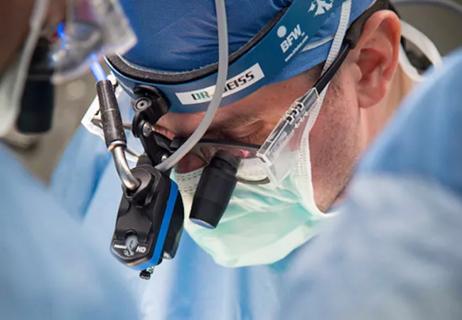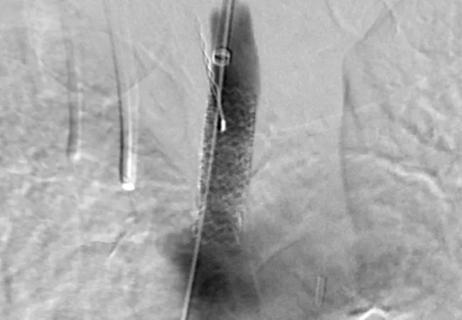Advertisement
Q&A with a Cleveland Clinic expert on new CMS rules for 2018

Cardiovascular specialists will soon have to work with new appropriate-use criteria (AUC) from the Centers for Medicare & Medicaid Services (CMS) before ordering advanced cardiac imaging. This means a CMS-approved electronic clinical decision-support mechanism (CDSM) that checks criteria for appropriate use must be used when clinicians order advanced imaging procedures.
Advertisement
Cleveland Clinic is a non-profit academic medical center. Advertising on our site helps support our mission. We do not endorse non-Cleveland Clinic products or services. Policy
The criteria will focus on radionuclide imaging, MRI, and CT studies; echocardiography is excluded.
What’s at issue is widespread overuse of low-yield imaging, which is costly and unsustainable. The goal of the CMS rule, part of the Protecting Access to Medicare Act of 2014, is to reduce unnecessary cardiac imaging — along with the cascade of downstream invasive procedures. The CMS framework groups cardiac imaging into three categories, based on evidence of value:
Advertisement
Inroads have been made in reducing cardiac imaging of uncertain value, notes a recent commentary on the CMS rule published in Annals of Internal Medicine, but much work needs to be done to curb “rarely appropriate” testing. The commentary was developed by a multicenter team of U.S. cardiology experts to address what the rule means for imaging in the evaluation of coronary artery disease, one of eight priority clinical areas (including noncardiovascular areas) on which CMS will benchmark providers.
Once the rule goes into effect in 2018, clinicians must be able to show that they reviewed AUC with a CDSM integrated into electronic order entry. Two years after the rule goes live, CMS will use data collected to identify outlier physicians, who will then be subjected to prior authorization for selected imaging orders.
For some perspective on preparing for rollout of the CMS rule, Consult QD spoke with cardiologist Richard A. Grimm, DO, who serves as Medical Information Officer of Cleveland Clinic’s Miller Family Heart & Vascular Institute as well as Director of Echocardiography.
We have already been operating in this environment. For the past few years, if a doctor orders an advanced imaging study, most insurers have required precertification. We have put some processes in place that will make it easier to transition to the CMS appropriate-use criteria. For example, several of our groups in cardiology have implemented systems for procedures that integrate with our electronic health record. In most areas, we are ahead of the game because we voluntarily implemented evidence-based guidelines that are out there already.
From CMS’s standpoint, this is a big change. At our end, it’s not a surprise but rather something most of us have anticipated coming for quite a while. We have also been proactive on appropriate-use criteria. In terms of echocardiography and cardiac catheterization, it is already integrated into our workflow. So again, we feel well positioned to get a jump on these criteria for advanced cardiac imaging.
The clinical decision-support mechanism is important because this is the key for tracking appropriate use. At Cleveland Clinic we will be able to meet this timetable, although much work still needs done on the IT end.
I cannot underscore enough that this takes physician involvement. Get your physicians involved early, get provider buy-in, and put time and effort into getting your physicians on board. When it comes to individual hospitals and health systems, the last thing anyone wants is to be excluded from such a dramatic change. These kinds of changes are definitely here to stay.
There is definitely a very real possibility that appropriate-use data will become publicly reported. We are very open about this at Cleveland Clinic and have made our records available on many medical and surgery-related outcomes.
Advertisement
Advertisement

How our first century has impacted cardiovascular practice

Review offers comprehensive assessment of the landscape for wearables and more

Preserving trust in research requires vigilance and consensus around statistical nuances

Cardiac surgeon Patrick Vargo, MD, reflects on his first year as Cleveland Clinic staff

Improved risk prediction for patients is at the heart of Dr. Aaron Weiss’ research interests

Centralization would likely bring better outcomes, experts say, but may not be feasible

Dr. Daniel Burns on mentorship, robotic valve surgery, statistics and more

JACC review makes the case and outlines how to ensure oversight